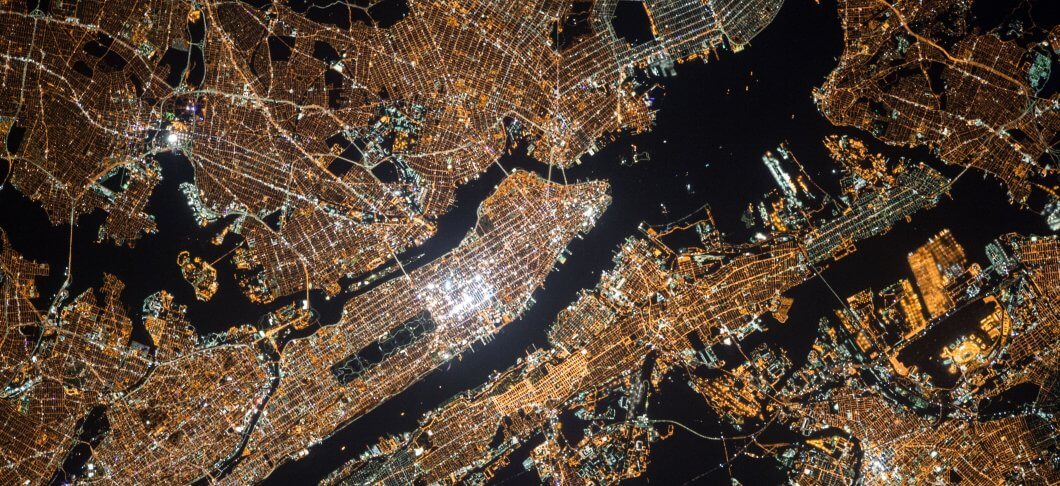
What is the “circular economy,” and how can it help make infrastructure more sustainable?
According to a recent trade magazine article in Construction Equipment Guide by Paul Toyne of Volvo Construction Equipment, it means making the most of what we’ve got and eliminating waste.
Sounds reasonable.
The impetus for concentrating on these dual and intertwined missions is that most infrastructure is urban, and that’s the direction of the world’s population movement. Experts estimate that by 2030 sixty percent of the global population will live in cities. That’s a ten percent increase from where it is today.
How will we get ready for this growth? How can we make sure the infrastructures we put in place will be sustainable? And how can we ensure that they not only meet our needs now but well into the future?
Not an easy task considering infrastructure covers such a wide variety of projects—energy, utilities, waste disposal—to say nothing about the tremendous efforts and costs surrounding our transportation needs—highways, bridges, rail lines, and airports.
As an aside, I read in the Wall Street Journal about the significant discrepancy in the costs of replacing infrastructures.
For example, Europe and Japan typically build rail and subway tunnels for between $160 million and $480 million a mile, according to calculations by Israeli transit writer Alon Levy. In contrast, New York’s Second Avenue subway line costs $2.8 billion a mile. One reason is that unionized tunnel workers receive $111 an hour in New York. In Germany, that work pays less than $40 an hour.
The sustainable element starts with the upfront design but also includes consideration of the construction methods and the best use of the best materials. From there, it encompasses the operation of the infrastructures to create a balanced environment, eliminating waste and making the most of whatever resources are required. It can even include how to recycle the materials best after they have served their initial purpose.
There’s also an additional threat besides increasing urban population growth trends. In getting our global infrastructures on sustainable courses up and running, we must add to our thinking and planning the possible effects of climate change.
We also have to learn how to work better with governmental authorities to find better cooperation so that crippling rules, regulations, ordinances, and special interests do not impede the common good.
The bottom line is that as we race to meet the needs of our global future, we need to plan and work a lot smarter, more economically, and more efficiently.
Sounds like common sense, right?




Leave a Reply